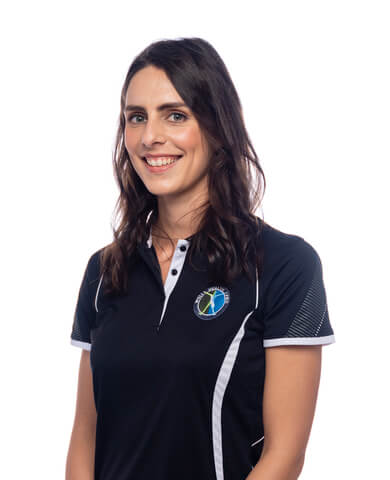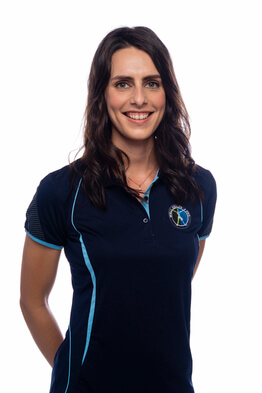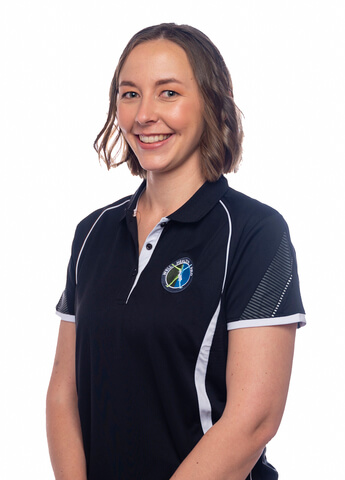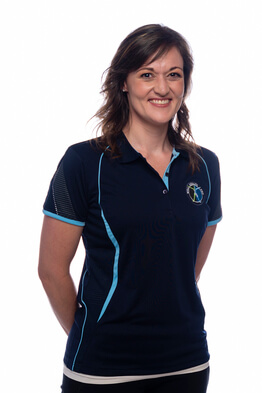Manual therapy is a clinical approach, based on skilled, “hands on” treatment from your physiotherapist. Manual physiotherapy can treat joints, nerves or soft tissue, like muscles, organs or ligaments. Not all orthopedic manual therapy techniques heed by the “no pain, no gain” rule. Some manual therapy techniques are very gentle and completely pain free, while others can be uncomfortable. Before performing a manual therapy technique our physiotherapists will first explain what you can expect to feel and why it is beneficial for your specific problem. When you understand the purpose it may be easier to endure a bit of discomfort in the short run. Our aim is to decrease pain and increase range of motion with manual therapy.
What exactly is Manual Physiotherapy?
Manual physiotherapy includes a wide variety of techniques to different structures. Manual therapy can be used to treat joints, nerves and soft tissue, like organs, ligaments and muscles by changing the pressure, direction and angle of pressure on the tissue.
Nerve flossing or tensioning are techniques aimed at increasing the nerve’s ability to move without restriction.
Visceral manipulation is aimed at increasing mobility of a specific organ.
Manual therapy of muscles can be gentle, like soft tissue mobilisation or deeper, like myofascial release lengthening and releasing restriction in fiber movement.
Manual physiotherapy is any hands on technique applied to your body by your physiotherapist.
Why we use manual physiotherapy
Manual therapy is used to treat various musculoskeletal conditions. Techniques aim to:
- Reduce pain
- Gain range of movement
Healing Effects of Manual Therapy
- Ease pain
- Reduce inflammation
- Decrease swelling
- Improve blood flow
- Increase cellular metabolism
- Improve blood supply to injured tissue
- Break down scar tissue and adhesions
- Increase tissue flexibility
- Decrease muscle spasm
- Stimulate muscle contraction
“The easiest way to make an immediate difference to your pain intensity”
Manual Therapy
Manual therapy technique are accessory movements which are not under your control. Pressure is applied from a therapist’s hands or fingers directly over the targeted tissue. The pressure is aimed at a specific structure and depth of treatment is determined by the targeted tissue. These techniques feel like a pulsed movement on a specific spot, and the therapist may change the pressure and tempo to achieve a certain goal. This pressure at a specific place, angle and depth are targeted at a particular structure like a joint, muscle nerve or ligament.
Different types of application of orthopedic manual therapy
One of the most widely used manual therapy techniques is joint mobilizations. Orthopedic Manual therapy techniques mobilise one joint surface over another to decrease pain and increase movement.
Orthopedic Manipulative Therapy (OMT) is part of pre graduate physiotherapy studies. There are different schools of techniques to treat joint pathology. Maitland, McKenzie and Mulligan are all different techniques to treat joints. Treatment accuracy is enhanced with a further post graduate diploma in OMT.
Maitland techniques are passive. This means your physio moves the joint surfaces while you keep your joints relaxed. This is great to decrease back pain and enable you to put on your shoes more comfortably.
McKenzie techniques are active. You will move into a specific position and your physio guides the rest of the movement you need to do. These are great to do at home throughout your recovery.
Mulligan mobilisations combine active and passive movement. You move actively, while your physio applies a direct, passive force with hands or a belt to the bone above or below the joint being moved.
Anatomical changes you’ll feel with orthopaedic manual therapy
Orthopaedic manual therapy techniques are manipulation of the joint surfaces in relation to one another. Movement of a single spinal vertebra causes a small stretch of the joint capsule, ligaments and muscular attachment to that vertebra. Because the vertebrae are similar to a string of pearls, creating change around one level will also influence the level above and below. Forces placed on one specific joint radiates along the whole chain. After the articular range is increased, we must strengthen your muscles through their “new” pain free range of motion.
The magic of Maitland manual techniques is that you can influence body parts not necessarily connected to one another. For example, by working on your thoracic spine we can increase your shoulder flexion, enabling you to reach higher or throw further.
Changes on a cellular level with manual physiotherapy
The big changes in movement are actually because of small changes that take place on a cellular level. Gentler techniques decrease pain. You may feel very little being done from the skin’s surface, but with these techniques we aim to alter the nociception signals from a specific joint. Nociception is responsible for the sensation of pain. We manipulate what the body is interpreting, instead of pain messages we send movement messages to the brain, decreasing the threat value of the exercises we wish to do later during your treatment.
Orthopaedic manual therapy has an effect on the synovial fluid within your joint capsule. Synovial fluid lubricates and nourishes your joint from within. Exercise and good nutrition support the production of synovial fluid, and injury or pathology can alter the quality and quantity of the synovial fluid. Manual therapy moves the synovial fluid within the joint, providing nourishment for the joint form the inside.
Orthopedic Manual therapy feels like:
Most manual therapy techniques are comfortable and relieving to experience and may mimic the positions you have already found relieving to your current symptoms. Like doing a spinal rotation to stretch your back.
You’ll only feel the pressure of your physiotherapist’s hands or fingers over the joint, and then rhythmic movements of the mobilisation. End range forceful manipulations can be sore for a little while. These manipulations are never the first line of treatment, so you have nothing to worry about.
How long does orthopedic manual therapy treatment take?
Joint mobilisations form part of your whole treatment and are rarely done in isolation. It’s used in combination with other techniques and can last 5 minutes to 45 minutes of each session, it depends what we are treating.
We use a technique until it doesn’t improve pain or range anymore. Once the ceiling is reached with a specific technique your physiotherapist will switch seamlessly between techniques without you even noticing. The depth and size of the targeted structure influences the duration of treatment.
Your physiotherapist will combine manual treatment techniques with other treatments, like laser, dry needling and exercise to have a bigger and more sustainable impact.
How many times should I get orthopaedic manual therapy?
Your physiotherapist will discuss a treatment plan with you. We’ll give you an idea of how long it will take for your condition to improve and how often treatment is needed. Some cases we’ll need 6-8 sessions. Mostly we see you twice during your first week, and once a week for the next two weeks and then once every second week in the next month.
What can I do at home to ensure manual therapy is effective?
Unfortunately, manual therapy alone will only give you temporary relief of your symptoms. We have to address the cause of your problem. Your physiotherapist will look at the bigger picture and discuss all the components that’s contributing to your pain. With physiotherapy treatment, it is important to comply to the whole treatment plan, including rehabilitation and conditioning exercises. Its the best way to get long-lasting results.
To maintain what we gained during treatment you can do specific home exercises prescribed for your problem. This can be stretches or strengthening exercises. This ensures that we can start where we left off with your next treatment session and don’t waste any time.
Cost of manual physiotherapy
Medical aid rates apply for manual therapy. It forms part of a complete treatment consultation. So, you will never be paying for only manual treatment techniques.
This treatment in isolation will not fix your problem. It’s the complete treatment package that shows the real improvement, and this is only one of many tools we use to achieve our goal.
Medical Aid Code – 401/405
Manual therapy treatment codes are 401 or 405. Orthopaedic manual therapy is not done in isolation, and can be applied while addressing the muscle and nerve structures too. The treatment code 401 is used for manual therapy to the joints of the spine, back and neck. 405 is used manual therapy to the periphery, like the knee, ankle, elbow, etc. Most medical aids cover manual therapy.
Does it make a difference to have an experienced physiotherapist apply manual therapy?
The experience and skill of your physio makes all the difference to identify and apply the technique accurately and with precision. This is not something you can do or copy form YouTube. You might risk making it even worse if you don’t consider how the different structures are interacting with each other.
Our physiotherapists have years of clinical experience and in depth knowledge of your body’s anatomy. They understand different painful conditions and injuries and will know exactly what manual therapy techniques are suitable to help you heal quicker.





